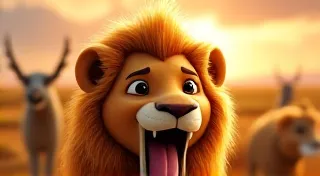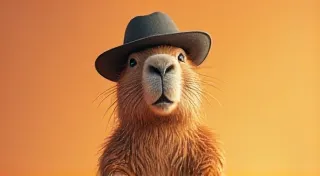The Curious Case of 'The Little Bear' by Else Holmelund Minarik: A Pioneer of Modern Picture Books
Else Holmelund Minarik’s The Little Bear, first published in 1957, is a deceptively simple book. On the surface, it’s a charming story about a little bear who goes through his day, engaging in familiar activities with his mother – fishing, gathering berries, and telling stories. Yet, behind that gentle narrative lies a significant contribution to the evolution of children's literature, particularly in the burgeoning field of picture books.
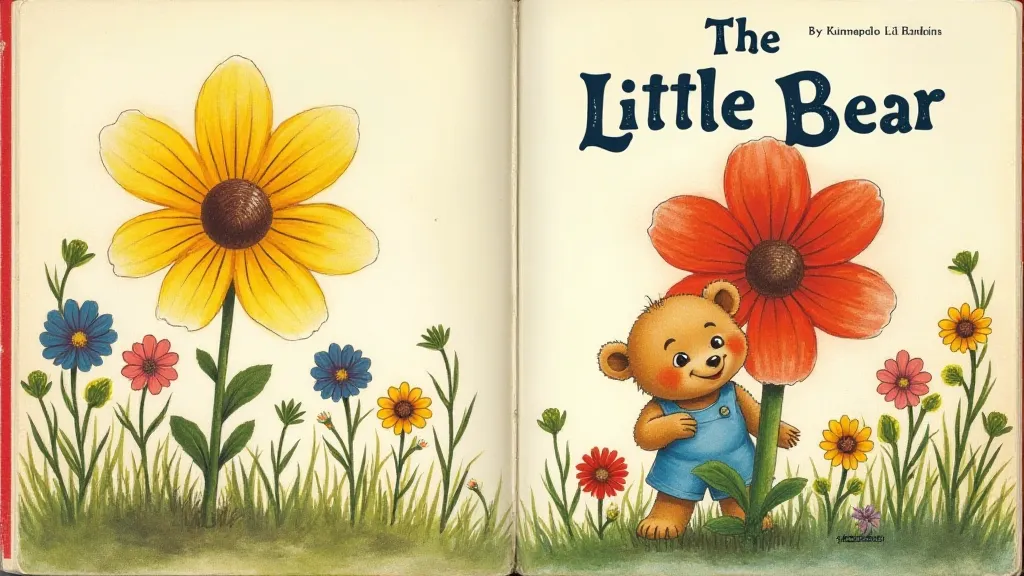
A Post-War Landscape: The Need for Simplicity
To understand the importance of The Little Bear, it's crucial to consider the historical context. The years following World War II saw a widespread desire for stability and reassurance. Children's literature, reflecting this sentiment, began to move away from the more complex and often didactic tales of earlier decades. The focus shifted towards shorter, more accessible stories that emphasized comfort and emotional security. Many traditional fairy tales, with their often-harsh moral lessons, felt less appropriate for a generation grappling with the anxieties of the Cold War era.
Prior to The Little Bear, many picture books relied heavily on the text to drive the narrative, with illustrations acting primarily as decorative elements. Minarik, along with collaborators Leonard and Kurt Wiese, revolutionized this approach. The illustrations aren’t merely supplementary; they are integral to the storytelling. The minimal text allows the pictures to speak volumes, creating a collaborative experience for the reader.
The Minimalist Revolution: Text and Illustration in Harmony
What sets The Little Bear apart is its striking simplicity. The text is concise, almost poetic, leaving much of the storytelling to Wiese's warm, watercolor illustrations. The gentle pace and focus on everyday experiences offered a comforting respite from the uncertainties of the time. This emphasis on visual storytelling influenced a generation of authors and illustrators, paving the way for picture books that prioritize the interplay between text and image.
The illustrations themselves are remarkable. Wiese's style, with its soft lines and muted colors, exudes a sense of warmth and tenderness. The characters are instantly appealing, their expressions conveying a range of emotions without the need for elaborate explanations. The illustrations’ emphasis on the relationship between the little bear and his mother promotes a sense of security and love - a stark contrast to many other children's stories.
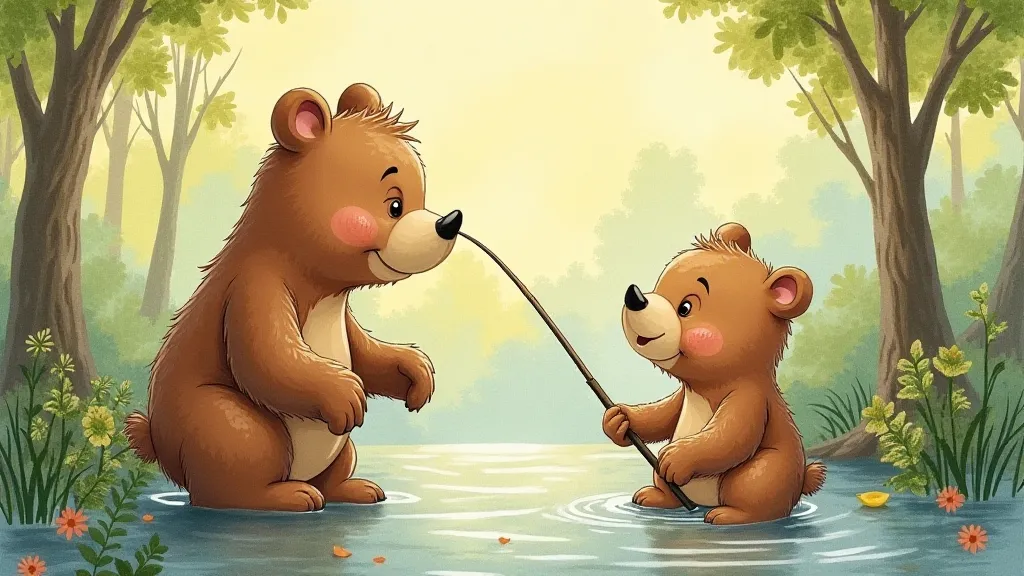
Lasting Influence: A Foundation for Modern Picture Books
The impact of The Little Bear extends far beyond its initial publication. It helped define the modern picture book as a collaborative art form, where the author and illustrator work together to create a unified and immersive experience for the young reader. Authors like Maurice Sendak and Eric Carle, who would later become household names, were undoubtedly influenced by Minarik’s innovative approach.
The book’s enduring popularity is a testament to its timeless appeal. It remains a beloved classic, cherished by generations of children and parents alike. It's a gentle reminder that even the simplest stories can hold profound meaning and offer a lasting impact on our hearts and imaginations.
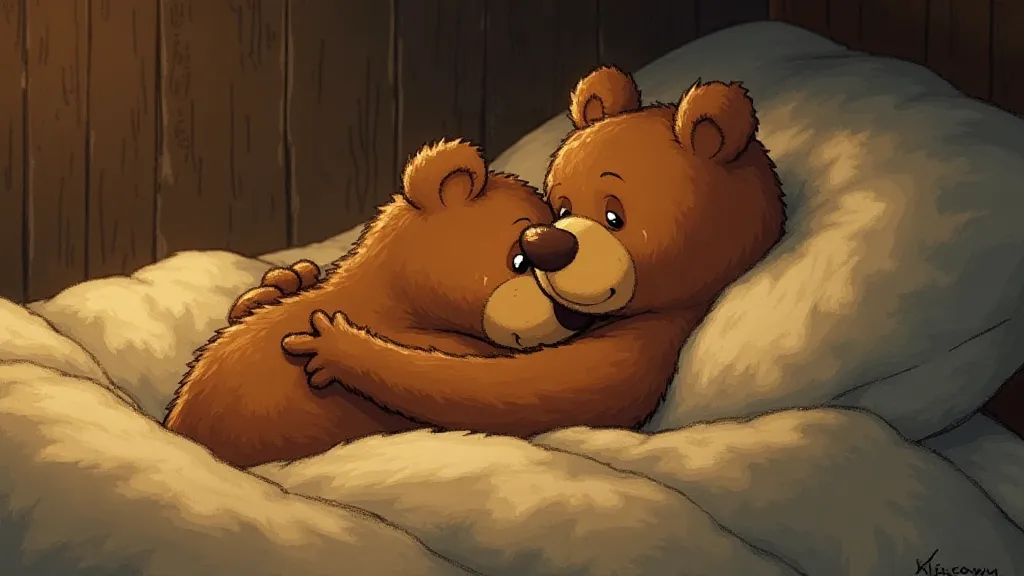
Rediscovering a Classic
If you’re new to children’s literature, or haven’t revisited it in a while, The Little Bear is a perfect place to start. Its simplicity and charm offer a welcome escape from the complexities of modern life, while also providing a fascinating glimpse into the evolution of children's literature.
